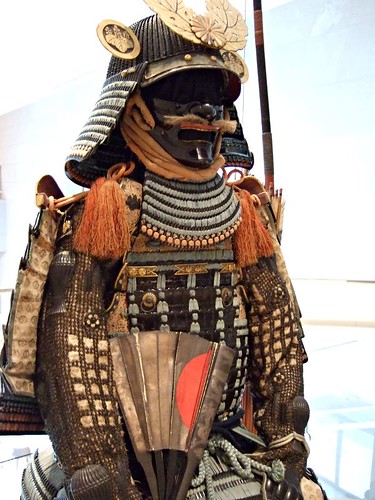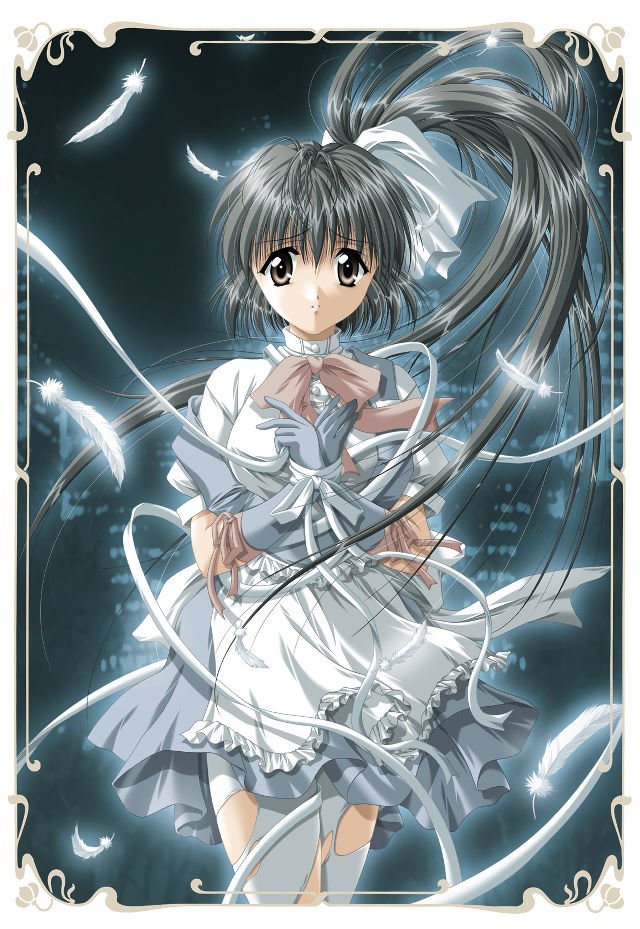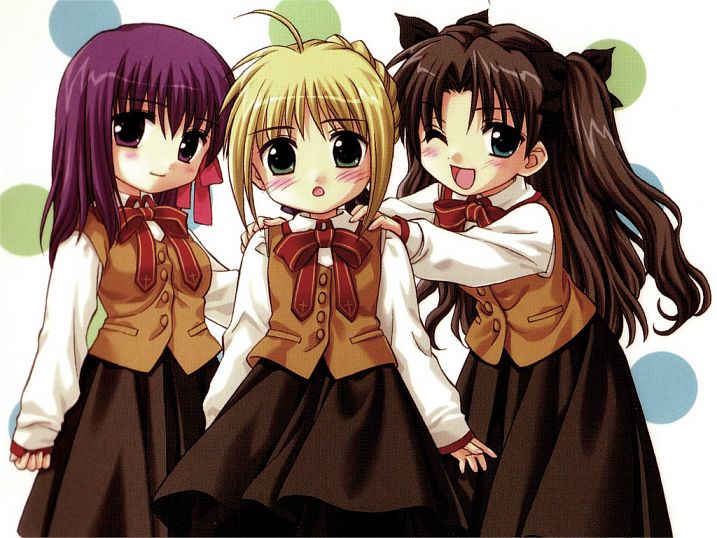
Suit of Armor flanked by sword and bow Japan Late Momoyama period-early Edo period early 17th century
http://www.flickr.com/photos/44124324682@N01/424133311/

Cherry Blossom Viewing (detail), Momoyama period (1573–1615), 17th centuryKano Naganobu (1577–1654)Pair of six-panel folding screens; ink, color, and gold on paper; each 58 7/8 x 11 ft. 8 1/4 in. (149.4 x 356.1 cm)Tokyo National Museum, National Treasure
http://www.metmuseum.org/special/Oribe/8.L.htm

Hasegawa Tohaku. Pine Forest. Momoyama Period. 16-17th C
http://instructional1.calstatela.edu/bevans/Art101/Art101B-11-Japan/WebPage-Full.00027.html
























